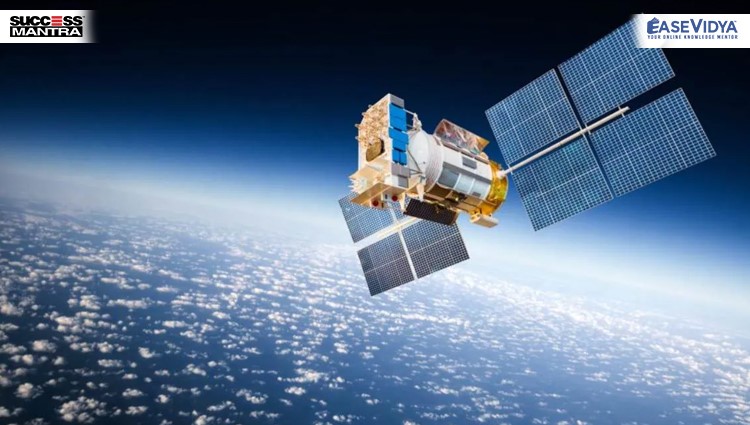
ASTROSAT
May 24, 2022
5 MINUTES
ASTROSAT
India’s Astrosat space telescope has witnessed the birth of a black hole in space for the 500th time.
- A black hole is a place in space where gravity is so strong that even light cannot escape its pull.
What is a black hole?
A black hole is a place in space where gravity is so strong that even light cannot escape its pull.
- According to Nasa, the gravity in black holes is so strong because matter has been squeezed into a tiny space. This can happen when a star is dying.
About AstroSat:
- AstroSat is India’s first multi-wavelength space telescope, which has five telescopes seeing through different wavelengths simultaneously — visible, near UV, far UV, soft X-ray and hard X-ray.
- Onboard the AstroSat is a 38-cm wide UltraViolet Imaging Telescope (UVIT), which is capable of imaging in far and near-ultraviolet bands over a wide field of view.
- AstroSat was launched on 28 September 2015 by ISRO into a near-Earth equatorial orbit.
- It is a multi-institute collaborative project, involving IUCAA, ISRO, Tata Institute of Fundamental Research (Mumbai), Indian Institute of Astrophysics (Bengaluru), and Physical Research Laboratory (Ahmedabad), among others.
- It has been studying Gamma-Ray Bursts (GRB).
What are Gamma-Ray Bursts (GRB)?
- GRBs are immensely energetic explosions that have been observed in distant galaxies.
- They are the brightest and most energetic electromagnetic events known to occur in the universe.
- GRBs shine hundreds of times brighter than a typical supernova and about a million trillion times as bright as the Sun.
- When a GRB erupts, it is briefly the brightest source of cosmic gamma-ray photons in the observable Universe.












0 Comment